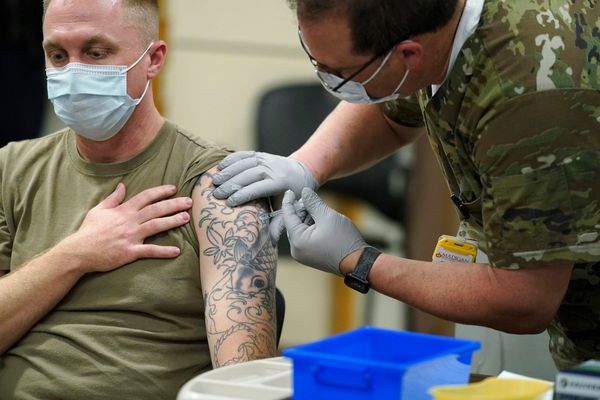
The level of Medicare coverage for specialist medical appointments has fallen steadily and significantly over the past two decades and is well below that of GP visits, data shows, prompting calls for reform from patient advocates.
Medicare data published on Thursday by the Australian Institute of Health and Welfare (AIHW) reveals that the proportion of subsidised fees varies widely depending on the type of appointment.
GP visits and pathology services had the highest subsidy rates in 2022, with 89% and 95% of all fees subsidised by Medicare for those services respectively. The coverage for GP visits has fallen slightly from about 92% in the year 2000.
Anaesthetics and obstetrics appointments had the lowest level of subsidies in 2022, with about 40% of all provider fees covered for both of those specialties. The gap must be covered by patients either through out-of-pocket fees, private health insurance, workers’ compensation or a combination.
For other specialist appointments about 58% of fees were covered by Medicare in 2022 – down from 79% in 2000 – while 49% of fees for operations were subsidised.
About 78% of allied health fees were subsided by Medicare and a similar proportion for optometry, while 87% of diagnostic imaging fees were subsidised (allied health includes a range of health services, such as physiotherapy, psychology and occupational therapy).
The data also shows that people living in more remote areas tend to use less Medicare-funded services.
On average, people living in very remote areas used 8.5 services each in 2022, with a subsidy rate of 85%. People in major cities used 18.3 services each at a subsidy rate of 76.4%.
Charles Maskell-Knight, a health policy expert, said the average subsidy rate “masks a lot of variation” by type of speciality and service.
“The overall average is dragged down by in-hospital services such as operations and anaesthetics, where private health insurance rebates will make up some of the gap,” he said.
He said the biggest policy concern should be specialist attendances. “The chart of subsidy rate over time shows a steady and sustained decline ever since Medicare began,” he said.
“While there has been a lot of policy work and money put into solving the problem of access to GP services, access to specialists is just as problematic. There are often long waits to a first appointment, and this data shows substantial uninsurable gaps.”
Dr Elizabeth Deveny, the chief executive of the Consumers Health Forum (CHF), said the data only captures those using health services and that many people can’t afford healthcare at all, or may not have access to services if they are in rural and remote areas.
“Consumers often call out the high cost of specialist care in particular, and the other area that gets called out a lot is allied health,” she said.
“People say the out-of-pocket costs are so high that they can’t use these services even though they need them, or that those services aren’t available, and the consequence is often people need to rely more on acute services. So they end up in hospital or their quality of life is really significantly impacted because they can’t keep themselves well.”
Deveny said about half of Australians had a chronic disease, such as diabetes, and they needed a range of health professionals and services to support them. But there is a lack of information about the services on offer and how to access them, including for carers, she said.
“The report that came out of the Strengthening Medicare taskforce highlighted the need for funding for multidisciplinary care, and that money has come out in the budget which is terrific,” she said.
“But I think more can be done. We can be doing more work on improving the health literacy of Australians, including by funding and improving our focus on preventive health measures and health promotion so that people have the information they need to keep themselves as well as they possibly can be.”







